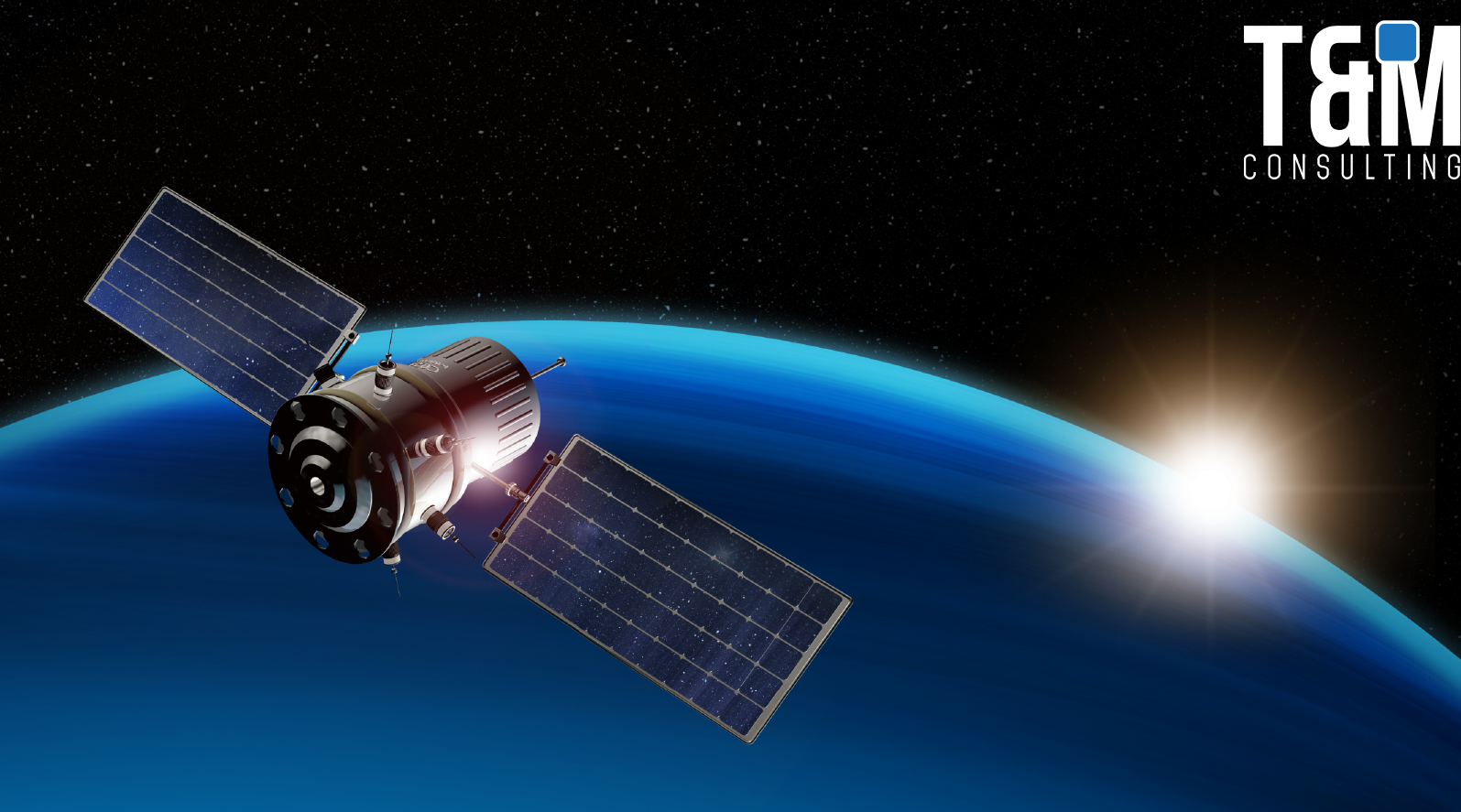Our planet
New Pollutants in the Stratosphere: Satellites and Spacecraft

Space exploration brought a new horizon and hope for humanity, but today after almost 60 years, it is raising questions about the impact on our planet, known as atmospheric pollution, produced by satellites and spacecraft.
The study it has put into perspective is published in the journal Proceedings of the National Academy of Sciences, where it reveals that satellites and spacecraft are polluting the stratosphere with alarming amounts of metals. To obtain this data, the researchers used aircraft flying at nearly 20 km altitude to collect data.
In case you did not know, the stratosphere is the layer of the atmosphere that contains most of the ozone, and due to environmental pollution, it is undergoing changes in its chemical composition, with metals such as lithium, copper, aluminum, and lead being found in quantities that exceed the natural amounts present in cosmic dust.
According to the study, it is estimated that by 2030 there will be approximately 50,000 additional satellites in orbit, which means that up to 50% of the aerosol particles in the stratosphere will contain metals from spacecraft re-entering the atmosphere.
The presence of metals such as lithium, copper, aluminum, and lead in this layer is of concern, as they are common components in satellites and spacecraft, until now considered a relatively stable and pure area.
On the other hand, sulfuric acid aerosols are crucial particles that help protect the ozone layer, with the study found that almost 10% of these particles were contaminated with debris from spacecraft, which implies serious effects on the health of the ozone layer and, therefore, for life on Earth.
Researchers are concerned that as the space industry continues to grow, the environmental impact could be amplified, not just isolated cases, but long-term effects.
For the time being, ecological and sustainable proposals should be sought in accordance with space technology, not only fuels, but also alternative construction materials for satellites and spacecraft that do not cause large-scale problems for the entire planet.
More information at https://www.pnas.org/doi/full/10.1073/pnas.2313374120
21 de Noviembre, 2023





